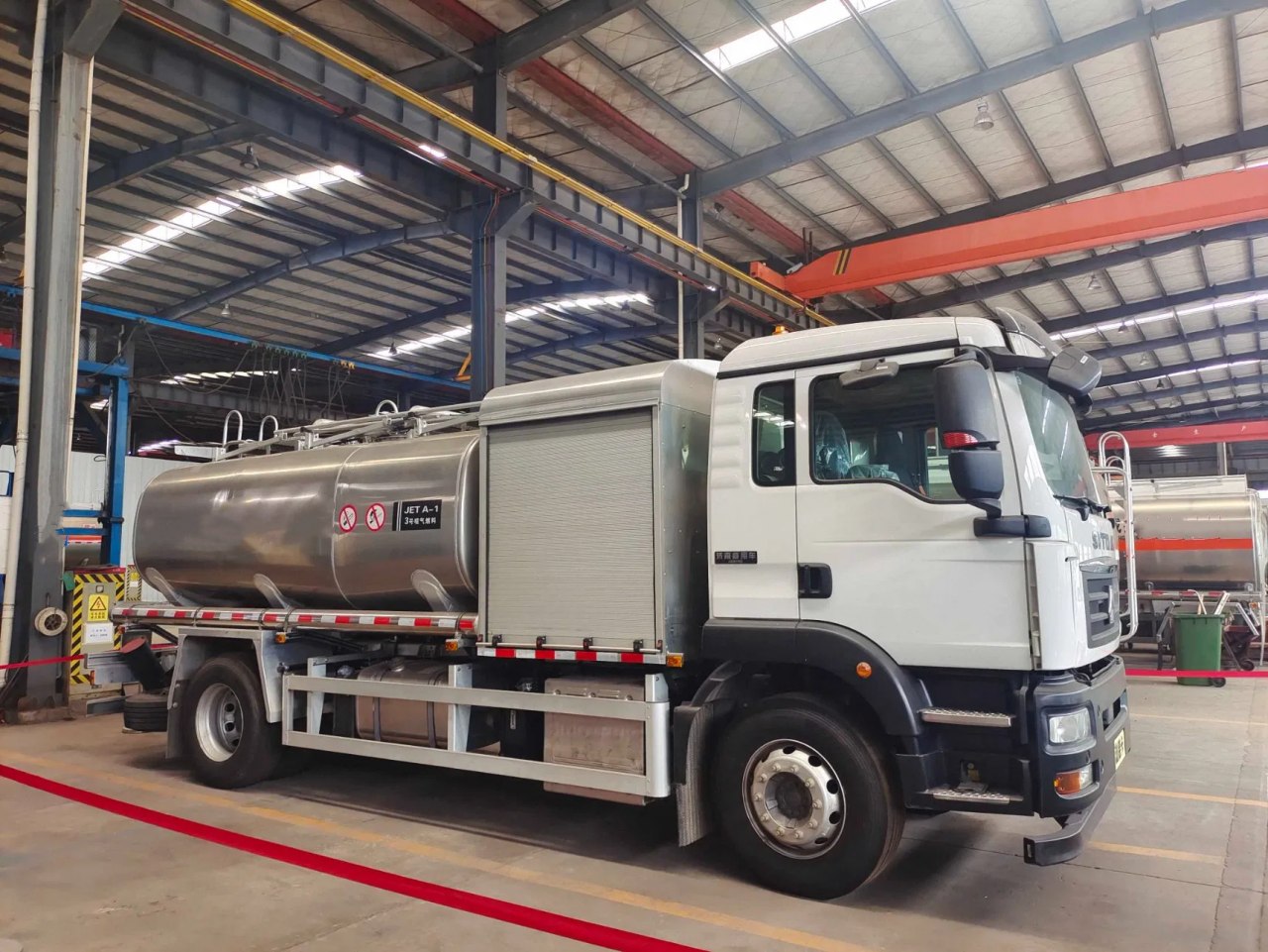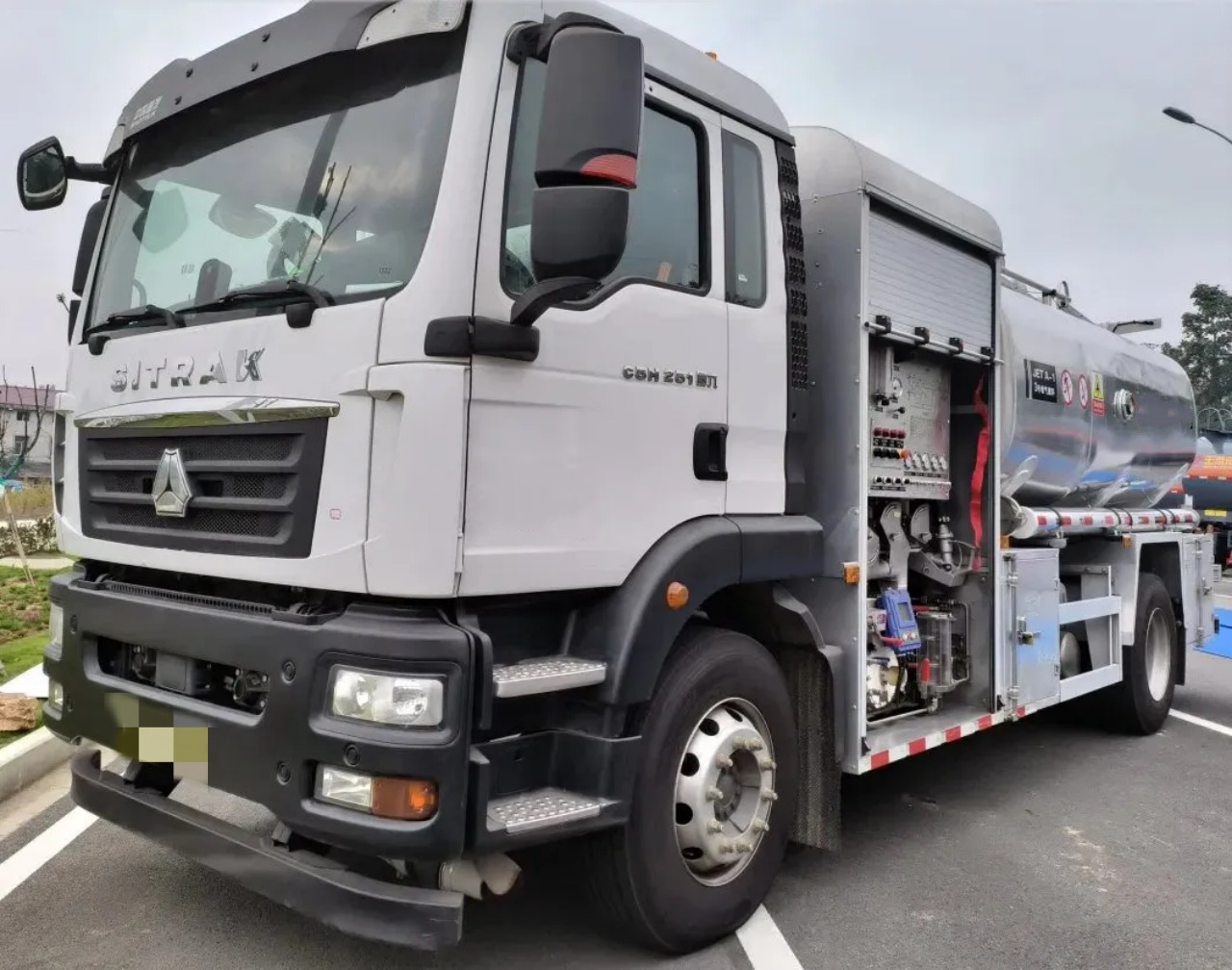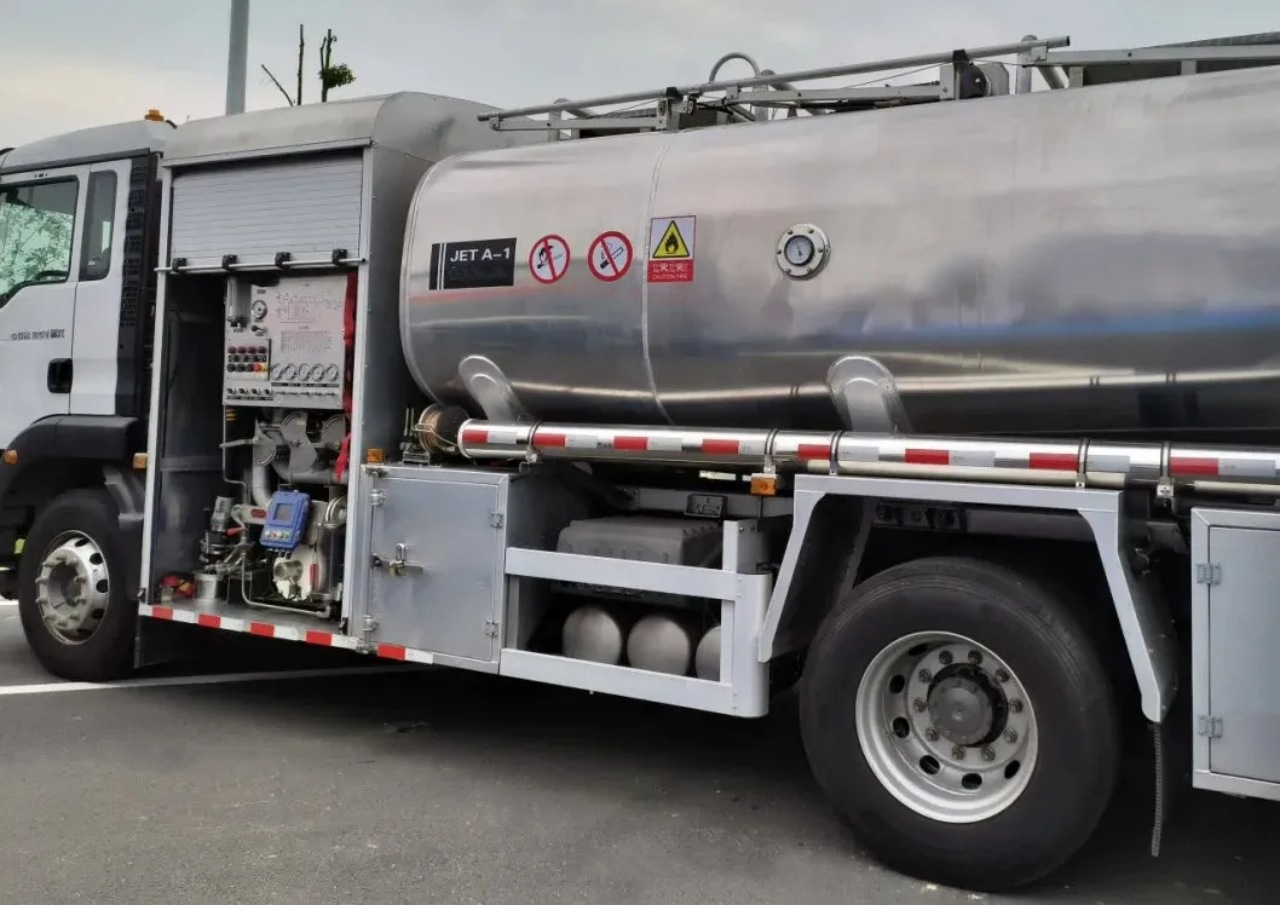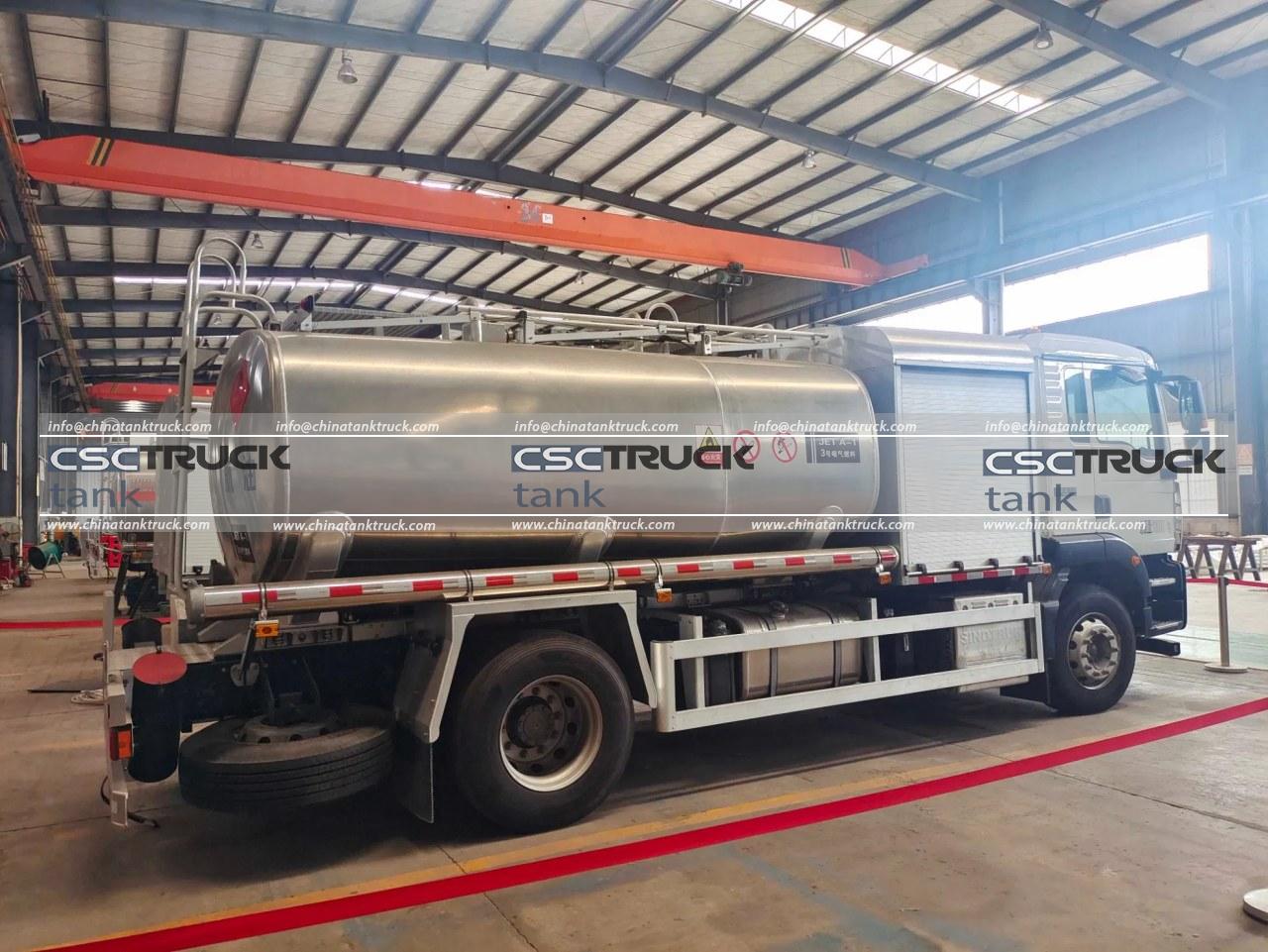Airports are hubs of constant activity, with thousands of flights taking off and landing daily across the world. Behind the scenes of this seamless operation lies a complex and finely-tuned logistics network, none more vital than the system that delivers aviation fuel to keep aircraft in the skies. Have you ever wondered where airports get their fuel from? The answer involves a global supply chain, highly specialized infrastructure, and rigorous safety standards. Let’s take a deep dive into how jet fuel makes its way from the refinery to the aircraft wing.
The Basics: What is Jet Fuel?
Before understanding where jet fuel comes from, it helps to know what it is. Jet fuel is a type of aviation fuel designed for use in aircraft powered by gas-turbine engines. The most commonly used jet fuel is Jet-A or Jet-A1, which are kerosene-based fuels. These fuels are refined to meet stringent quality and performance standards, including freezing point, energy density, and combustion efficiency. Jet fuel must also be free of contaminants and water to ensure optimal safety and engine performance.

The Source: Oil Refineries
Jet fuel begins its life in crude oil extracted from oil fields around the globe—from the deserts of the Middle East to the shale fields of the United States and offshore rigs in the North Sea. This crude oil is transported via pipelines, ships, or rail to refineries.
At the refinery, crude oil is processed through fractional distillation. During this process, it is heated in a column where different hydrocarbons are separated based on their boiling points. Jet fuel is one of the middle distillates, collected between lighter products like gasoline and heavier ones like diesel. After distillation, the fuel undergoes further treatment to remove impurities, improve performance characteristics, and meet strict aviation standards.
Not all refineries produce jet fuel, as doing so requires specialized equipment and processes. However, those that do produce large volumes, given the high demand in commercial aviation.
Transporting Fuel to Airports
Once jet fuel is refined, the next step is transporting it to airports. This is where logistics becomes critical. The primary modes of transportation include:
1. Pipelines
Many major airports, especially in the United States and Europe, are connected to dedicated fuel pipelines. These underground lines directly transport jet fuel from refineries or regional fuel distribution terminals to the airport’s storage facilities. Pipelines are considered the most efficient and cost-effective way to transport fuel over land, especially when serving high-traffic airports. They are also less affected by weather and traffic congestion.
For example, Hartsfield-Jackson Atlanta International Airport, one of the world’s busiest, is served by multiple pipeline connections that deliver millions of gallons of fuel daily.
2. Tanker Trucks
In areas where pipeline access is limited or non-existent, jet fuel is transported by road in specialized tanker trucks. These trucks are designed with safety features like grounding cables and sealed compartments to prevent contamination or spills. While trucking fuel is less efficient than pipelines, it provides flexibility in reaching smaller or remote airports.
3. Railcars
Rail transport is another option, especially when transporting large volumes over long distances. Railcars carry jet fuel from refineries to distribution terminals, where it is then transferred to tanker trucks or directly to the airport if infrastructure allows.
4. Marine Tankers
In coastal regions or island nations, jet fuel is often delivered by ship. Marine tankers carry bulk fuel from international refineries to port-based fuel terminals. From there, the fuel is typically transferred to pipelines or trucks for delivery to nearby airports.

Airport Fuel Farms
Once the fuel reaches the airport, it doesn’t go straight to the aircraft. First, it’s stored in a facility known as a fuel farm. This is a secure, large-scale storage area located within or near the airport perimeter. Fuel farms consist of multiple large tanks, each capable of holding hundreds of thousands of gallons of jet fuel.
These tanks are fitted with advanced systems for monitoring quality, detecting water contamination, and maintaining pressure and temperature. Fuel farms ensure that there’s a buffer supply of fuel at all times to accommodate fluctuations in delivery schedules or sudden surges in demand, such as during major travel seasons or emergencies.
Into the Aircraft: Fueling Systems
The final stage in the journey of jet fuel is getting it into the aircraft. There are two main systems used for aircraft refueling:
1. Hydrant System
Large airports often use underground hydrant fueling systems. These systems connect the fuel farm to terminals via a network of underground pipes. At each gate, fueling hydrants allow fuel trucks (called hydrant dispensers) to connect and pump fuel directly into the aircraft. This system reduces the need to drive fuel tankers around the airport, improving safety and efficiency.
2. Tanker Refuelers
At smaller airports or in remote areas, refueling is done using mobile tanker trucks equipped with pumps and hoses. These refuelers load fuel from the airport’s fuel farm and drive to the aircraft to fill the tanks. This method is more flexible but less efficient for high-volume airports.

Quality and Safety Controls
Jet fuel must meet strict safety and quality standards. Every step of the journey—from the refinery to the aircraft—includes rigorous testing to ensure the fuel is uncontaminated and meets international specifications. Common checks include:
- Water content analysis
- Visual inspection for particulates
- Density and temperature checks
- Filtration before delivery to aircraft
Airport fueling teams are trained in safety protocols and must follow procedures set by aviation authorities such as the FAA (Federal Aviation Administration), IATA (International Air Transport Association), and ASTM (American Society for Testing and Materials).
Challenges in Aviation Fuel Supply
The aviation fuel supply chain is robust, but not without its challenges. Some of the issues faced include:
- Weather disruptions: Storms or floods can delay shipments via truck, rail, or ship.
- Pipeline outages: Maintenance or leaks can disrupt supply, requiring emergency deliveries.
- Geopolitical factors: Changes in oil production, sanctions, or global conflicts can affect fuel prices and availability.
- Environmental regulations: New rules can impact fuel formulation and distribution logistics.
The Future: Sustainable Aviation Fuel (SAF)
As aviation seeks to reduce its carbon footprint, the industry is gradually adopting Sustainable Aviation Fuel (SAF). SAF is produced from renewable resources like used cooking oil, algae, or biomass. It can be blended with conventional jet fuel and used in existing aircraft engines with no modification.
Airports like Los Angeles International (LAX) and Oslo Airport have already begun integrating SAF into their fuel supply chains. As production scales up, more airports worldwide are expected to follow suit.

Conclusion
So, where do airports get their fuel? It’s a global operation that starts in oil fields and refineries and ends with precision fueling at the aircraft gate. The journey involves pipelines, trucks, storage tanks, and rigorous quality control—all to ensure that every flight has the energy it needs to reach its destination safely. As technology and sustainability continue to evolve, so too will the systems that power our aviation future.

